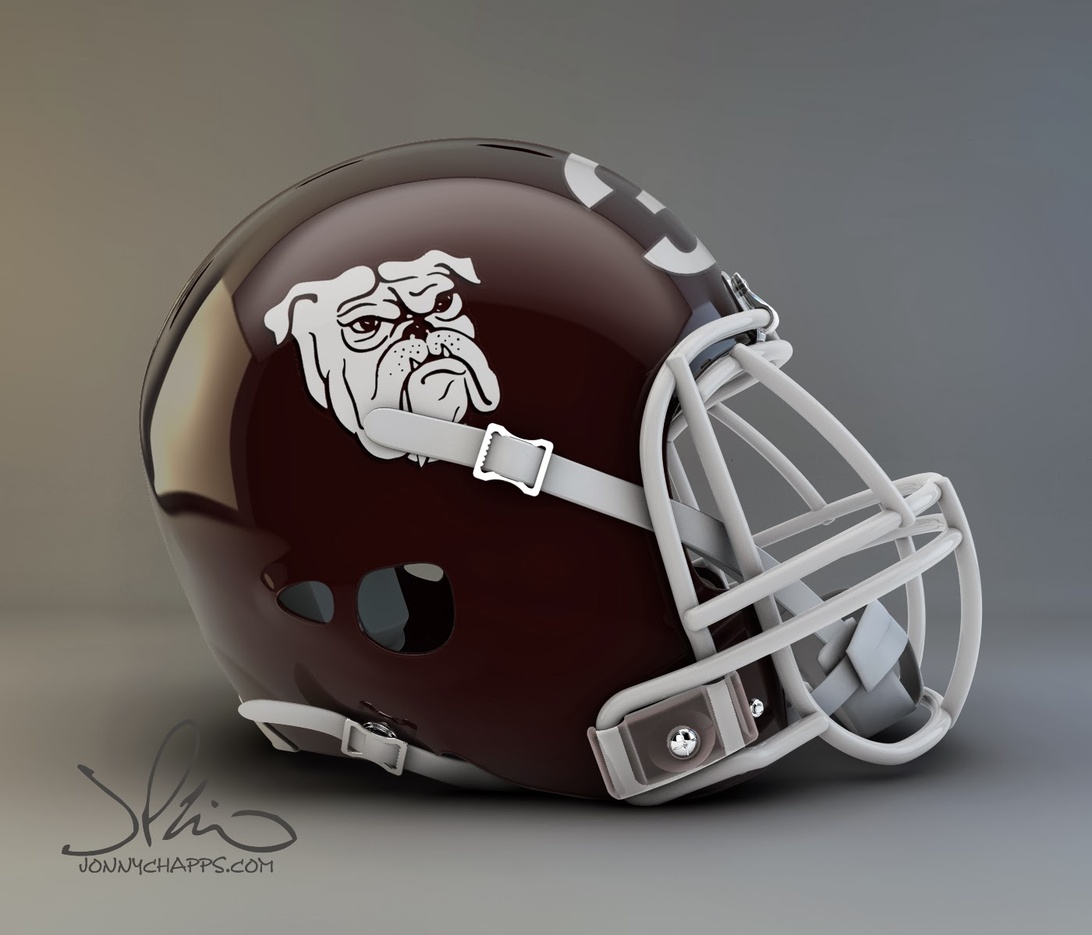Over the years, speedway racing has undergone an incredible transformation. What were once dusty ovals under dim floodlights have evolved into highly professional events, and it’s important to know the key things you need to know when heading to a speedway today. However, one of the most significant, though less visible, changes is happening behind the scenes. Corporate sponsorship in motorsports, and increasingly in speedway, is no longer just about placing a logo on a race suit or a motorcycle. We are now seeing a shift toward deeper, more integrated partnerships where technology and digital solutions play a central role. A clear example from the broader world of motorsports is the partnership between F1 ACADEMY and TeamViewer, a giant in remote connectivity. This collaboration signals a new era where sponsors are not just financiers but active participants who contribute technical expertise and drive change, a trend that is inevitably shaping the future of speedway as well.
More than just decals The digital revolution of speedway sponsorship
The traditional model of sponsorship has long been transactional: a company pays to have its brand exposed to a specific audience. In speedway, this has meant decals on bikes, logos on Kevlar suits, and banners around the track. While this form of exposure still holds value for events at the top five exciting speedways in the world, modern companies demand a more measurable and meaningful return on their investment. In today’s digital landscape, sponsors want to see engagement, data insights, and a clear connection to their own core values and business goals. They are no longer just asking, ‘How many people will see our logo?’ but rather, ‘How can this partnership strengthen our brand, demonstrate our products, and contribute to our overall mission?’ This shift forces speedway teams to think like marketing partners rather than just sports teams.
The partnership between F1 ACADEMY and TeamViewer is a perfect example of this new paradigm. As detailed in their March 2024 announcement, TeamViewer is not just a passive sponsor; they are a technology partner. Their involvement goes beyond brand placement by actively supporting initiatives for greater gender equality in the sport, a value central to both the motorsports and technology industries. They are using their platform to build a community and raise awareness of career opportunities for women in racing. Translated to the speedway world, one can imagine a partnership with a software company that not only puts its logo on the team bus but also develops a fan app providing real-time data from the pits. Another example could be a collaboration with a logistics company that optimizes the team’s travel schedule across Europe using advanced software. It is about integrating the sponsor’s core business into the team’s daily operations, creating an authentic and mutually beneficial relationship.
Digital workplaces The backbone of a modern speedway team
A professional speedway team is a complex and geographically dispersed organization. Riders, mechanics, team managers, physical trainers, and marketing staff are rarely in the same place at the same time, except during the race weekend itself. During the week, a rider might be at a training camp, the head mechanic in the workshop in Poland, and the team manager at sponsor meetings in another country. Coordinating this distributed workforce requires robust and efficient digital tools. The challenges are numerous: rapid sharing of technical data and video analysis from practice sessions, management of complex logistics and travel plans, scheduling of media commitments, and, not least, maintaining a strong team spirit and communication flow. Without a well-functioning digital infrastructure, a team risks inefficiency, misunderstandings, and ultimately, poorer results on the track.
Centralized communication and internal processes
To manage this complexity, a centralized digital platform, a kind of internal hub or intranet, becomes absolutely essential. This is no longer a luxury reserved for large corporations but a necessity for any ambitious speedway team. Such a platform can act as a single source of truth for all critical information: race calendars, travel bookings, technical bulletins, contact lists, and sponsor information. It also streamlines internal processes like onboarding a new mechanic, managing rider contracts, or distributing press releases. For teams seeking to build such a powerful centralized platform, it is incredibly beneficial to learn from the best HR company intranet examples with employee portal solutions that leading companies use, which can inspire a system perfectly tailored to motorsport’s unique demands.

Data analysis and performance optimization
However, digital tools are much more than just administrative aids; they are powerful instruments for optimizing on-track performance. Speedway has historically relied heavily on the rider’s feel and the mechanic’s experience. While this is still invaluable, it is now being supplemented with data-driven analysis. Modern motorcycle speedway bikes can be equipped with sensors that collect data on everything from suspension movements to ignition curves. This telemetry, along with video from drones and onboard cameras, can be uploaded to a cloud-based platform. Imagine a rider’s telemetry, uploaded to this platform, shows a consistent 0.1-second loss in turn two due to a late throttle application. An engineer, working remotely from the team’s base, can analyze this data alongside the pit crew in real-time, suggesting a minor suspension adjustment via the team’s shared digital hub that solves the issue before the next heat. This is an issue invisible to the naked eye but easily correctable once identified through data. The ability to quickly analyze data between heats or races, as expertly demonstrated in other high-stakes motorsports like those seen in F1 ACADEMY, can be the difference between a podium finish and a missed final.
The sponsorship deal of the future A symbiotic ecosystem
Looking ahead, the most successful speedway teams will be those that fully embrace this digital transformation. They will see themselves not just as sports teams, but as modern, agile companies and tech innovation platforms. Future sponsorship deals will be symbiotic ecosystems. Imagine a team collaborating with a cybersecurity firm to protect its valuable data; in return, the team serves as a living case study showcasing the firm’s expertise in a demanding environment where staying safe when speedwaying is paramount. Or a team partnering with an AI company to analyze starting techniques and optimize reaction times, giving the sponsor invaluable data and publicity. The sponsor provides technology that makes the team faster and smarter, while the team offers an authentic, high-performance arena to test, validate, and market that technology. It is a relationship where value creation flows in both directions and extends far beyond a logo on a podium. The finish line is no longer just on the track; it is in the successful integration of business, technology, and sport.



